How Spanish Exiles Transformed Mexico
Fleeing Franco's fascist Spain, 25,000 exiles found refuge in Mexico. Led by President Cardenas' open arms, these intellectuals reshaped Mexican education, cinema, and philosophy. Their legacy lives on in universities and archives.
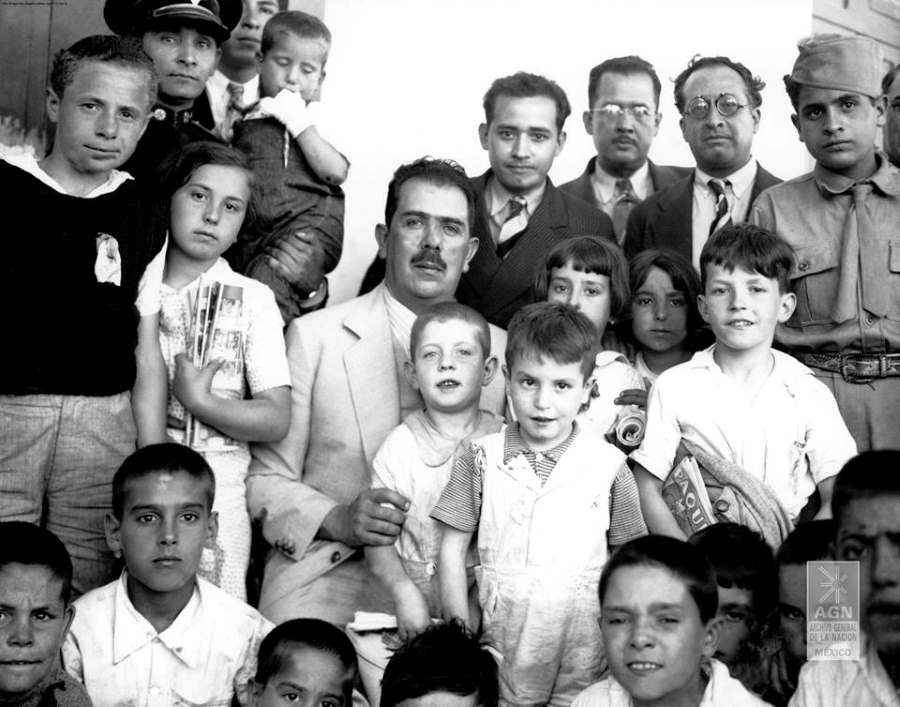
In 1936, during the run-up to World War II, Spain was plunged into civil war following a coup d'état against the democratically elected government of the Second Republic. The coup was led by the army commanded by Francisco Franco, and was backed by the governments of Adolf Hitler's Nazi Germany and Benito Mussolini's fascist Italy. Despite intense resistance from the republic, Franco's troops managed to secure victory in 1939, which led to the establishment of a dictatorship that provoked a great exodus of Spaniards who sought refuge abroad.
Mexico stood out as one of the main receiving countries of Spanish exiles. President Lázaro Cárdenas implemented a policy of international solidarity: political asylum. As a result, around 25,000 exiles found refuge and settled in various regions of the country. The Cárdenas government recognized the democratic and legitimate election of the Second Spanish Republic, a position shared with the Soviet Union and Cuba, which marked a notable difference regarding the Non-Intervention Pact to which several European nations subscribed.
For three decades, Mexico refused to recognize Franco's military government. Moreover, during the conflict, the Cárdenas government provided significant support to the Popular Front resistance: it sent arms, provided financial assistance and, ultimately, granted political asylum to numerous people. The arrival of the exiles in the country brought with them a series of cultural manifestations that left an indelible mark on Mexican history, especially in the humanities. As a result, many of them began to forge their careers in various educational institutions, such as the National Polytechnic Institute (IPN) and the National Autonomous University of Mexico (UNAM). Their arrival at these institutions transformed the currents of thought in different disciplines.
With the arrival of Spanish exiles, new educational institutions were also created in Mexico. These followed a particular pedagogical model that had been developed in Spain, which was characterized by greater freedom in the way of learning and in the construction of knowledge. This model would refresh teaching in Mexico, providing new perspectives and educational approaches. Among the educational institutions created was the Casa de España, precursor of the Colegio de México and the Colegio Madrid.
Little by little, Mexican cultural capital expanded with the ideas of the newcomers. Some of the Spanish exiles who left a great legacy in our country are: Luis Buñuel, Ramón Xirau, José Gaos, Wenceslao Roces and Adolfo Sánchez Vázquez, Remedios Varo, who was in France when the Nazi troops invaded the place and left in exile heading for Mexico. The influence of these people was so notable that nowadays different halls, institutes, buildings, among others, bear their names.
Luis Buñuel is known for directing the film Los olvidados, a feature film with which he won the award for best director at the Cannes Film Festival in 1951. This film showed an alternative reality that had not been explored in the various films produced until then, as it narrates the crude and complicated life of that time. On the other hand, Ramón Xirau obtained his bachelor's, master's and doctorate degrees at the UNAM, developing diverse philosophical research that, on many occasions, materialized in books.
José Gaos, trained under the tutelage of José Ortega y Gasset and deeply influenced by Edmundo Husserl in his training as a philosopher, became rector of the University of Madrid in 1936. After his arrival in Mexico, he became integrated into university life, taught various courses, but one of his greatest contributions was the translation of various works by Heidegger, Max Scheler, Hegel and Husserl, among others, from German into Spanish. In a similar case, Wenceslao Roces stood out as a translator at the Fondo de Cultura Económica, contributing to the access of Mexican readers to works of philosophical importance. Finally, Adolfo Sánchez Vázquez developed a new philosophical vision of Marxism that left its mark in Mexico.
The institution in charge of keeping the registry of people entering the country and following up on them was the Department of Migration of the Ministry of the Interior, which established an extensive database with information on the entries. Currently, the documents related to this registry are stored in the General Archive of the Nation, where they are available for consultation.
The Spanish exile to Mexico left a mark on Mexican history and culture. Its arrival not only enriched the country's cultural and academic panorama, but also left a legacy in philosophy, film, literature, and education. Today, the General Archive of the Nation preserves the testimonies of this important chapter of our history, reminding us of the importance of preserving the collective memory and honoring the legacy of those who found in Mexico a home away from home.
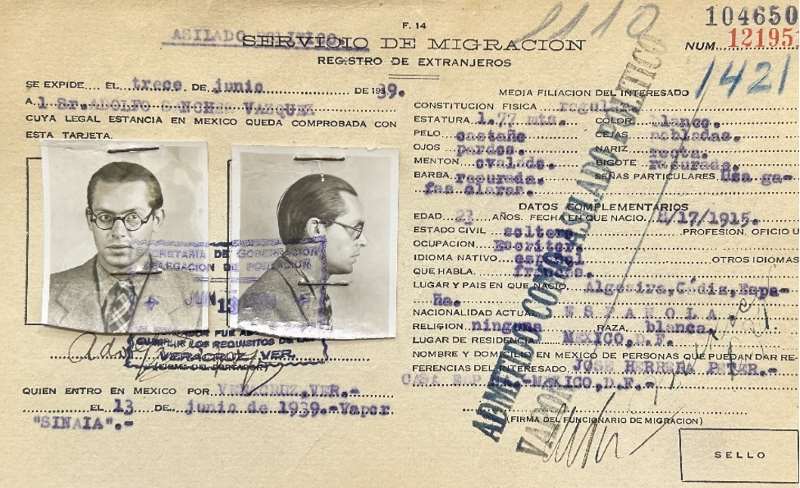
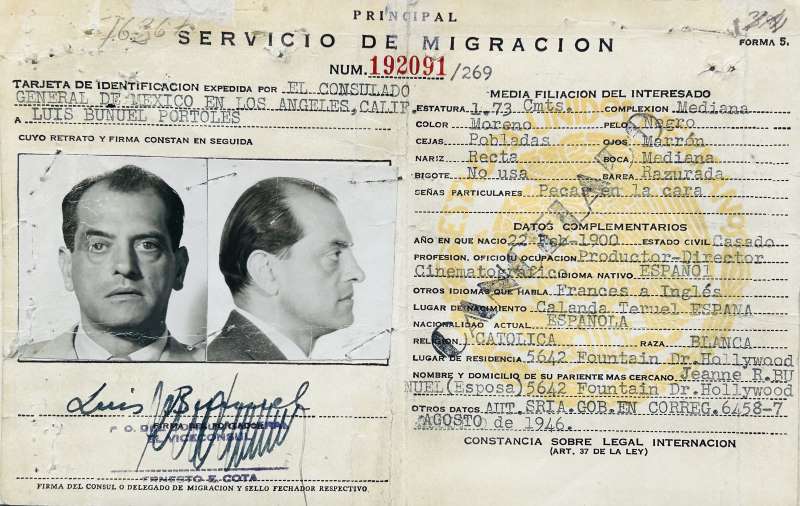
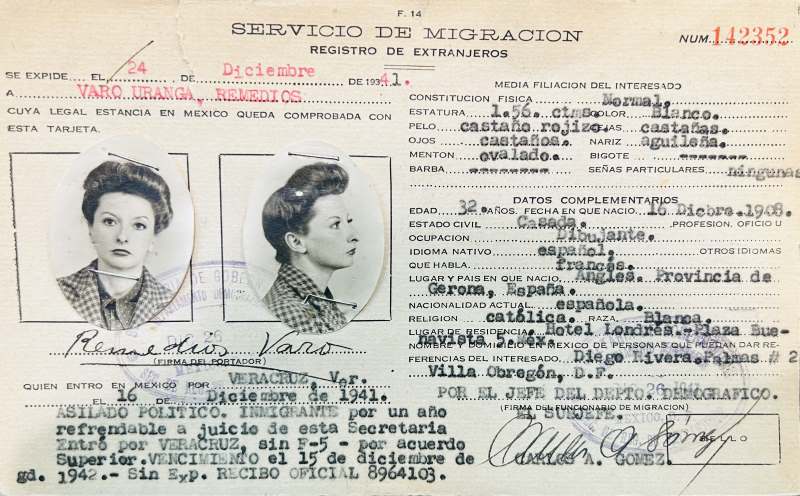
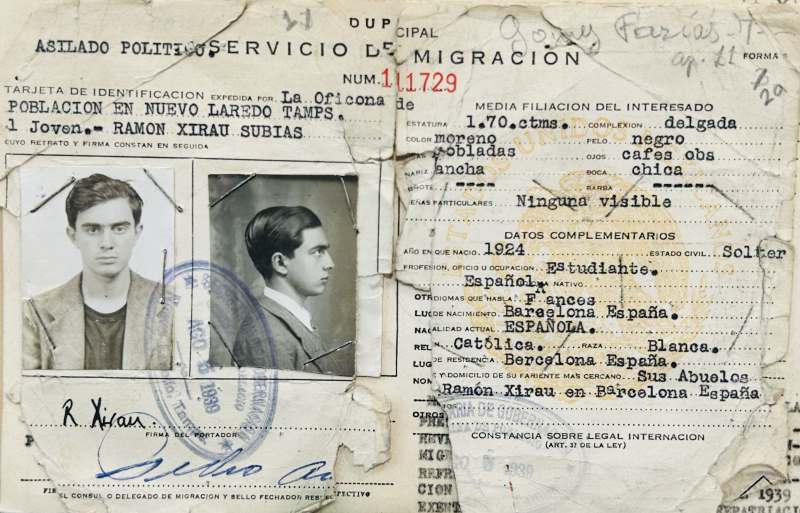
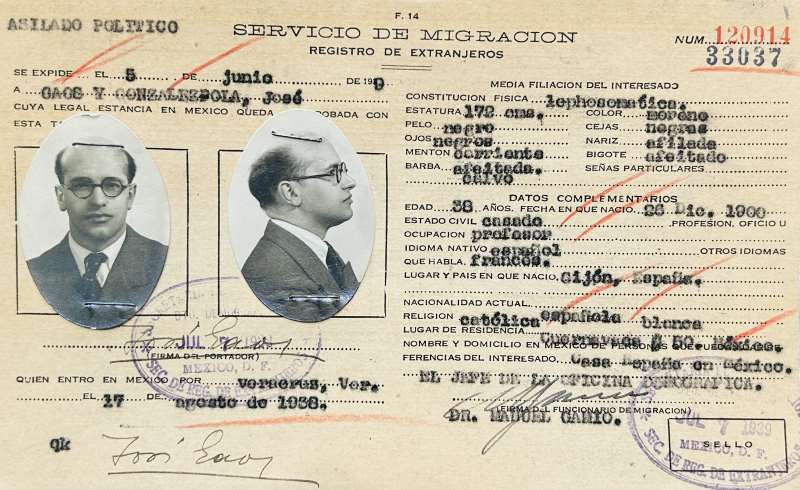
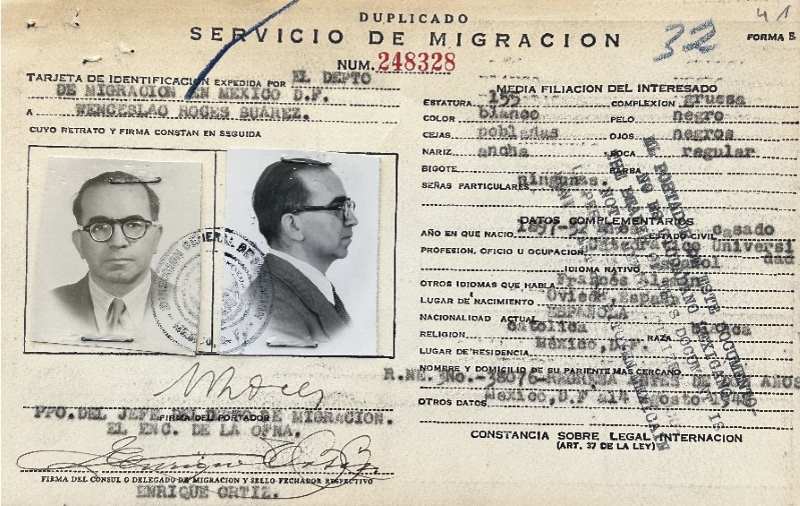
Full Citation: Archivo General de la Nación (2024, April 9). El legado del exilio español en México: Solidaridad, cultura y educación después de la Guerra Civil. Gobierno de MéXico. Retrieved April 12, 2024, from https://www.gob.mx/agn/es/articulos/el-legado-del-exilio-espanol-en-mexico-solidaridad-cultura-y-educacion-despues-de-la-guerra-civil?idiom=es




